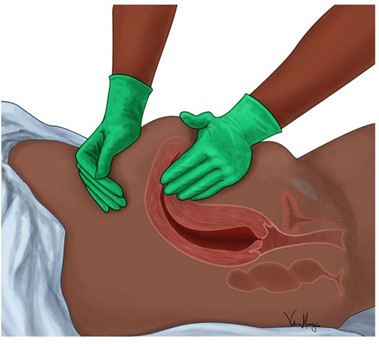A client who is reaching saturation with medication reports the onset of muscle soreness and fatigue, and the practical nurse (PN) notes that the client's skin is warm to the touch. Which action by the PN is a priority?
Administer a PRN dose of acetaminophen.
Encourage the client to drink fluids.
Report the findings to the charge nurse.
Monitor the client's serum lipid levels.
The Correct Answer is C
This is the priority action by the practical nurse (PN) because it can help identify and prevent a potential adverse reaction to the medication. A client who is reaching saturation with medication means that the client has reached the maximum level of medication in the blood that can produce the desired therapeutic effect. However, this also means that the client is at a higher risk of developing toxicity or side effects from the medication.
The PN should report the findings of muscle soreness, fatigue, and warm skin to the charge nurse, as these may indicate signs of inflammation, infection, or allergic reaction to the medication. The PN should also monitor the client's vital signs, oxygen saturation, and laboratory values, and document the findings. The charge nurse should notify the health care provider and adjust the medication dosage or regimen as ordered.
Nursing Test Bank
Naxlex Comprehensive Predictor Exams
Related Questions
Correct Answer is C
Explanation
When a preoperative client expresses fear and uncertainty about undergoing surgery, the priority action for the practical nurse (PN) is to notify the charge nurse of the client's concerns. This is important because the charge nurse can coordinate appropriate interventions and support for the client, ensuring their emotional well-being and addressing their fears.
Correct Answer is D
Explanation
This is the best action to take for a client who experiences a sudden gush of vaginal blood and clots after a cesarean section. Massaging the fundus helps to stimulate uterine contractions and reduce bleeding. Avoiding direct pressure on the incision prevents pain and wound dehiscence.

Whether you are a student looking to ace your exams or a practicing nurse seeking to enhance your expertise , our nursing education contents will empower you with the confidence and competence to make a difference in the lives of patients and become a respected leader in the healthcare field.
Visit Naxlex, invest in your future and unlock endless possibilities with our unparalleled nursing education contents today
Report Wrong Answer on the Current Question
Do you disagree with the answer? If yes, what is your expected answer? Explain.
Kindly be descriptive with the issue you are facing.
